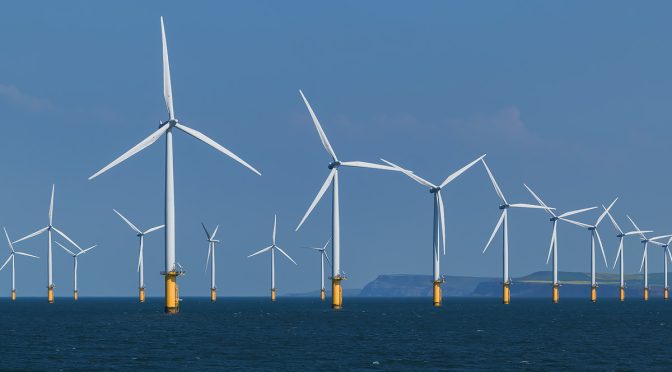The Dominican Republic, an island nation in the Caribbean, is well known for its beautiful beaches, lush landscapes, and vibrant culture. However, what may not be as well known is the country’s potential for harnessing offshore wind energy. As the world continues to search for sustainable and renewable energy sources, the Dominican Republic is in a unique position to capitalize on its natural resources and become a leader in the development of offshore wind energy. However, there are several challenges that must be addressed in order to fully realize this potential.
One of the primary challenges facing the development of offshore wind energy in the Dominican Republic is the lack of infrastructure and expertise in the country. Currently, there are no offshore wind farms in operation, and the country lacks the necessary infrastructure to support the development of such projects. This includes the absence of specialized ports, vessels, and equipment needed for the construction and maintenance of offshore wind turbines. Additionally, there is a shortage of skilled labor and technical expertise in the country, which could hinder the development of the industry.
Another challenge is the high upfront cost of developing offshore wind energy projects. The construction of offshore wind farms requires significant capital investment, which can be a barrier for many countries, including the Dominican Republic. The high cost of these projects is due in part to the need for specialized equipment and the complex engineering involved in constructing turbines in deep water. Furthermore, the financing of such projects can be difficult to secure, as many banks and investors may be hesitant to invest in a relatively unproven industry.
Despite these challenges, there are also several opportunities for the Dominican Republic to capitalize on its offshore wind energy potential. One of the most significant opportunities is the country’s abundant wind resources. The Dominican Republic has a favorable wind regime, with strong and consistent winds blowing across its coastlines. This makes it an ideal location for the development of offshore wind farms, which can generate electricity more efficiently than onshore wind farms due to the higher wind speeds found offshore.
Another opportunity is the potential for job creation and economic growth. The development of offshore wind energy projects can create numerous jobs in the construction, operation, and maintenance of the wind farms. This can help to stimulate the local economy and provide much-needed employment opportunities for the country’s growing population. Additionally, the export of electricity generated by offshore wind farms can provide a valuable source of revenue for the Dominican Republic, helping to reduce its reliance on imported fossil fuels and improve its balance of trade.
Furthermore, the development of offshore wind energy can help the Dominican Republic to meet its climate change commitments and reduce its greenhouse gas emissions. The country is a signatory to the Paris Agreement and has pledged to reduce its emissions by 25% by 2030. By investing in offshore wind energy, the Dominican Republic can make significant progress towards achieving this target and demonstrate its commitment to combating climate change.
In conclusion, the Dominican Republic faces several challenges in developing its offshore wind energy potential, including a lack of infrastructure, expertise, and financing. However, the opportunities presented by the country’s abundant wind resources, potential for job creation and economic growth, and the need to meet its climate change commitments make it an attractive prospect for investment in this emerging industry. With the right support and investment, the Dominican Republic has the potential to become a leader in the development of offshore wind energy in the Caribbean and beyond.


